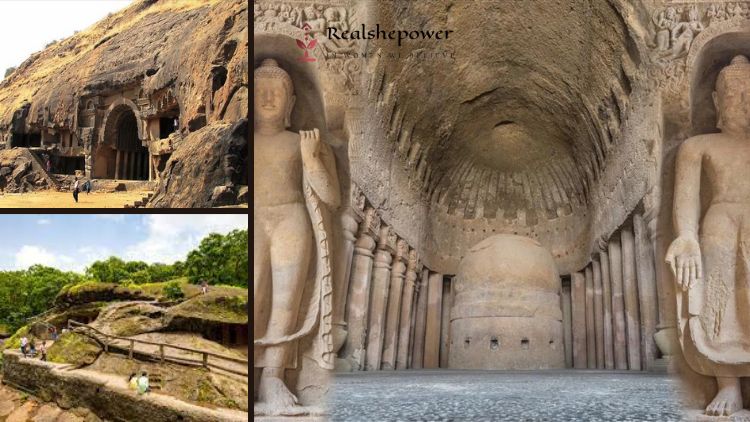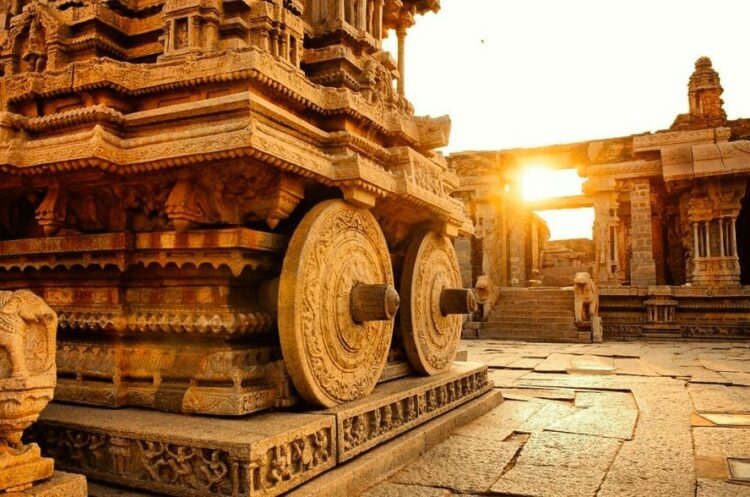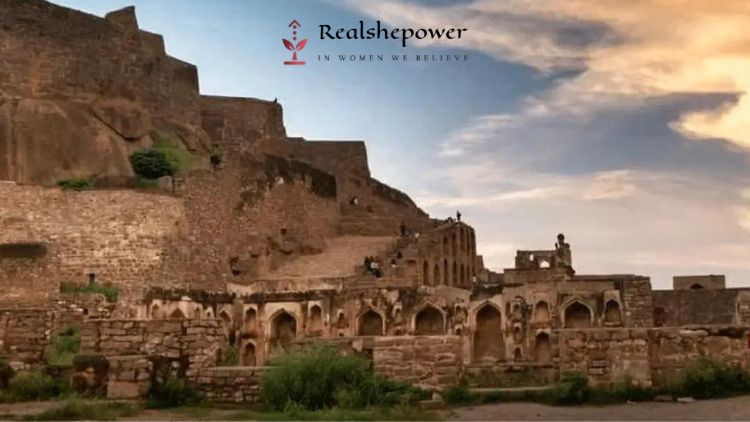Exploring Kanheri Caves: Unveiling the Secrets of an Ancient Buddhist Monastery


Tucked away amidst the lush forests of the Sanjay Gandhi National Park, Mumbai, the Kanheri Caves are a testament to the rich cultural heritage of ancient India. These caves, which were carved out of a rocky hillside, served as a Buddhist monastery and center of learning from the 1st century BCE to the 10th century CE. With over a hundred caves, each adorned with exquisite rock-cut sculptures and frescoes, the Kanheri Caves offer a fascinating glimpse into the lives and beliefs of the people who lived here over a millennium ago.
What makes the Kanheri Caves such an important site of historical and archaeological significance? Who were the people who lived here, and what kind of life did they lead? What do the sculptures and paintings on the cave walls tell us about the artistic and religious traditions of ancient India? In this article, we will delve deeper into the mysteries of the Kanheri Caves and discover the stories hidden within.
Table of Contents
What are the Kanheri Caves?
The Kanheri Caves are a complex of rock-cut caves located in the Sanjay Gandhi National Park in Mumbai, India. The caves were carved out of the basalt rock that forms the hillside of the park, and were used as a Buddhist monastery and center of learning from the 1st century BCE to the 10th century CE. The caves are spread out over a distance of about 6 km, and consist of more than a hundred individual caves, each with its own unique features and artistic style.Add Image
Who built the Kanheri Caves?
The Kanheri Caves were built by Buddhist monks who belonged to the Mahayana and Hinayana sects of Buddhism.
The exact origins of the caves are unclear, but it is believed that they were first excavated in the 1st century BCE, during the reign of the Satavahanas, a powerful dynasty that ruled over much of western and southern India.
Over the centuries, the caves were expanded and modified by successive dynasties, including the Mauryas, the Chalukyas, and the Rashtrakutas.
What do the Kanheri Caves look like?
The Kanheri Caves are characterized by their simple, austere architecture, which reflects the ascetic ideals of Buddhism.
The caves consist of a series of interconnected chambers and halls, which were used for various purposes, such as meditation, teaching, and communal living.
The walls and ceilings of the caves are adorned with intricate carvings, paintings, and sculptures, which depict scenes from the life of the Buddha, as well as other Buddhist deities and legends.
What can we learn from the art and architecture of the Kanheri Caves?
The art and architecture of the Kanheri Caves provide valuable insights into the religious, social, and cultural history of ancient India.
The sculptures and paintings on the cave walls depict a wide range of subjects, including the life of the Buddha, his teachings, and the various deities and bodhisattvas of the Buddhist pantheon.
They also depict scenes from everyday life, such as hunting, farming, and trading, which offer glimpses into the economic and social conditions of the time.
The architecture of the caves, with their simple, functional design, reflects the ascetic ideals of Buddhism, which emphasizes the renunciation of worldly pleasures and the cultivation of inner peace and wisdom.
The caves were also designed to facilitate communal living and learning, with large halls and chambers for group meditation and study.
Why are the Kanheri Caves important?
The Kanheri Caves are important for several reasons.
Firstly, they are a testament to the artistic and architectural achievements of ancient India, and are considered to be some of the finest examples of rock-cut architecture in the world.
Secondly, they provide valuable insights into the religious and social history of the region, and offer a window into the daily lives of the people who lived here over a thousand years ago.
Finally, the caves are an important pilgrimage site for Buddhists, who come here to pay homage to the Buddha and other Buddhist deities.
Visiting the Kanheri Caves
The Kanheri Caves are open to visitors from Tuesday to Sunday, between 7:30 am and 5:30 pm. There is an entry fee for visitors, and guides are available for hire at the site. Visitors are advised to wear comfortable shoes and clothing, as the site involves a fair amount of walking and climbing.
The caves can be reached by road, and there is ample parking available at the entrance. Alternatively, visitors can take a train to Borivali station, and then take a bus or taxi to the caves.
Conclusion
The Kanheri Caves are a fascinating and important site of historical and archaeological significance, and offer a unique glimpse into the rich cultural heritage of ancient India. Whether you are a history buff, a student of Buddhism, or simply someone who enjoys exploring ancient sites, a visit to the Kanheri Caves is sure to be an enriching and rewarding experience.
Read: The lesser-known secrets of Hampi, India

Read: Stunning stone carvings in Bhu Varaha Swamy temple

Read: Say Hello to India’s acoustic marvel

You can now write for RSP Magazine and be a part of the community. Share your stories and opinions with us here.
